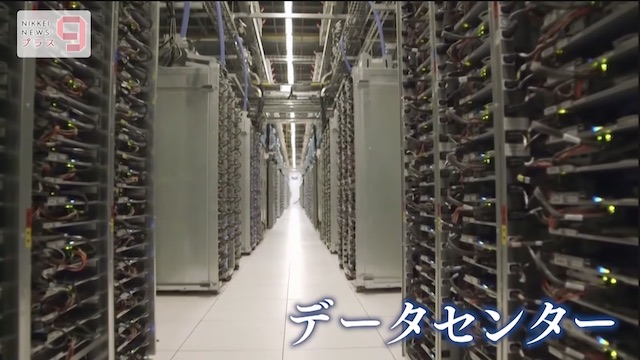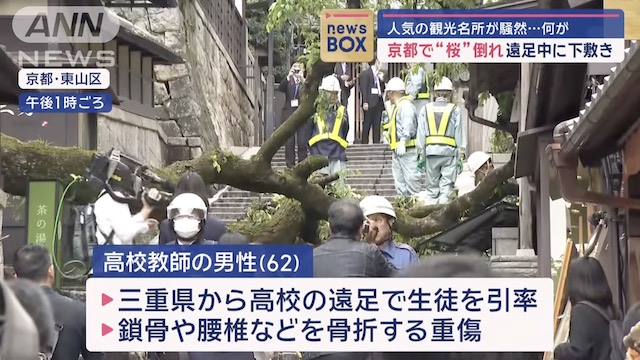Apr 16 (washingtonpost.com) - NAMIE, Japan — Japan has ambitious plans to be entirely carbon-neutral by 2050. Trouble is: It has no clear vision of how to get there.
Japan’s nuclear industry was gutted by the 2011 tsunami in Fukushima and may never fully recover given widespread public concern over safety. The mountainous and densely populated Japanese archipelago has limited room for large solar farms. Its narrow continental shelf poses complications for offshore wind turbines.
The government hopes hydrogen can be part of the solution, and Prime Minister Yoshihide Suga will be trying to position the country as a laboratory for an important new source of clean energy when he meets President Biden in Washington on Friday.
Toyota unveiled the world’s first mass-produced hydrogen fuel cell car in 2014 and launched its second-generation Mirai (Japanese for “future”) last year.
The government subsidizes 135 hydrogen refueling stations around the country, the largest number in the world.
Japan will further trumpet its plans to build a “hydrogen society” at the Summer Olympics, where the gas will fuel the flame in the Olympic cauldron and help power the Olympic Village. Hundreds of hydrogen fuel-cell vehicles will ferry people around during the Games.
Japan’s hydrogen plans begin, ironically, at Australia’s huge lignite coal mines and a coal-fired power station in Victoria state’s Latrobe Valley.
The idea is to use the power from brown coal, considered so dirty that even Australia’s coal-heavy energy grid is gradually moving away from it, to electrolyze water into its components: hydrogen and oxygen.
The hydrogen will then be liquefied by cooling it to minus-423 degrees and transported on specially built supertankers to a new unloading and storage terminal in the Port of Kobe.
From there it can be used to fuel power plants, transport and industry in Japan.
Environmentalists, such as Mika Ohbayashi of the Renewable Energy Institute (REI), have decidedly mixed feelings.
Hydrogen, she said, has a place in a decarbonized Japan, but she’s unhappy with the idea of burning fossil fuels to produce it.
Critics say carbon capture and storage technology is impractical, uneconomical and potentially risky because stored carbon dioxide could leak back into the atmosphere.
Projects like this one, Ohbayashi argues, are too reliant on Japan’s traditional and politically influential industrial giants — instead of the renewable energy innovators of its future.
More attractive to environmentalists is the idea using of renewable energy sources to produce what is known as “green” hydrogen.
Here, too, Japan is trying to establish itself as a leader.
In Namie, just six miles north of the wrecked Fukushima Daiichi nuclear power plant, Japan’s New Energy and Industrial Technology Development Organization (NEDO) has constructed the world’s largest “green” hydrogen plant on a site that once was intended to be home to a nuclear power plant.
Surrounding it — on more than 44 acres of fields no longer suitable for farming after being flooded with salty seawater during the 2011 tsunami — stands 68,000 photovoltaic panels powering a 20-megawatt solar farm.









